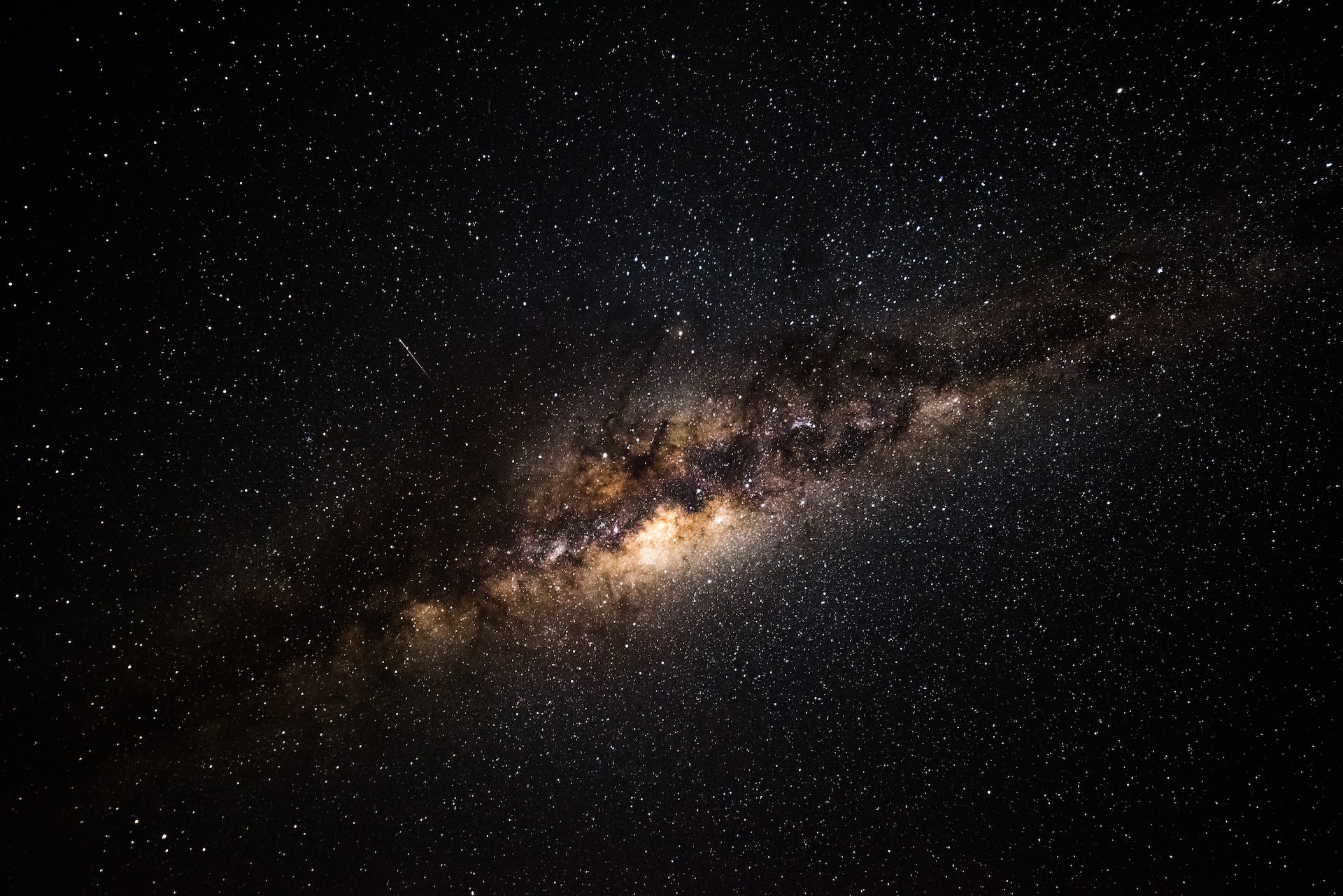A new controversial study makes an ambitious claim to unravel the mystery of dark energy and dark matter, which scientists believe constitute approximately 95% of all energy and matter in the universe. In an article published in the journal Classical and Quantum Gravity, Professor Lucas Lombriser, a theoretical physicist at the University of Geneva, argues that the expansion of the universe is actually an illusion.
The Worst Prediction
Scientists have long observed that the universe is expanding based on the discovery of redshift. When a distant object continues to move away, its emitted light has the property of shifting to the red end of the spectrum. Therefore, distant galaxies have a greater redshift than those closer to us, indicating that these galaxies are moving away from Earth.

Recently, scientists found evidence that the expansion of the universe is not constant but rather accelerating at an increasing rate. This acceleration of expansion is explained by a term known as the cosmological constant or Λ (lambda). The cosmological constant has been a major problem for cosmologists as the predictions of its value made by elementary particle physics differ from actual observations by 120 orders of magnitude. Hence, the cosmological constant is referred to as the “worst prediction in the history of physics.”
A Flat and Static Universe
Cosmologists often attempt to resolve the discrepancies between different values of Λ by proposing new hypothetical particles or theoretical physical forces. However, Lombriser resolves it by reinterpreting what already exists in science.
“In this work, we put on new glasses to look at the cosmos and its unsolved mysteries by performing mathematical transformations of the physical laws that govern it,” explained Lombriser.
In Lombriser’s mathematical interpretation, the universe is not expanding but rather flat and static, as once believed by Einstein. The effects indicating expansion that we observe are explained in this model by the evolution of the masses of protons and electrons over time. According to this picture, these elementary particles arise from a field that permeates spacetime. The cosmological constant is determined by the mass of the field, and since the field fluctuates, the masses of the particles it generates also fluctuate. The cosmological constant still changes over time, but in this model, this change is associated with the change in particle masses over time, not the expansion of the universe.
In this model, field fluctuations result in greater redshift for distant galaxies than predicted by traditional cosmological models. Thus, the cosmological constant aligns with the predictions of this model.
The Recipe for the Dark Universe
Lombriser’s new concept also addresses other pressing problems in cosmology, including the nature of dark matter. This elusive material outweighs ordinary baryonic matter in a ratio of 5:1 but remains mysterious as it does not interact with light. Lombriser proposed that field fluctuations could also behave as a so-called axion field, where axions are hypothetical particles that are among the proposed candidates for dark matter.
These fluctuations could also potentially overturn the theory of dark energy, a hypothetical force that stretches the fabric of space, causing galaxies to move apart at an accelerating rate. In this model, the influence of dark energy, according to Lombriser, is explained by the masses of particles that took a different evolutionary path in the later stages of the universe.
“In this picture, dark energy is essentially not needed,” Lombriser added.
Criticism of the Hypothesis
Lucia Angela Garcia, a researcher at ECCI University in Bogota, Colombia, was impressed by Lombriser’s new interpretation and how it solves many problems. “The article is quite interesting, and it provides an unusual outcome for many issues in cosmology. The theory offers an alternative to the current tensions in cosmology,” said Garcia.
However, Garcia urged caution in evaluating the research results, stating that the theoretical model contains elements that may not be testable by observations, at least in the near future.
Previously, we discussed what existed before the Big Bang.

